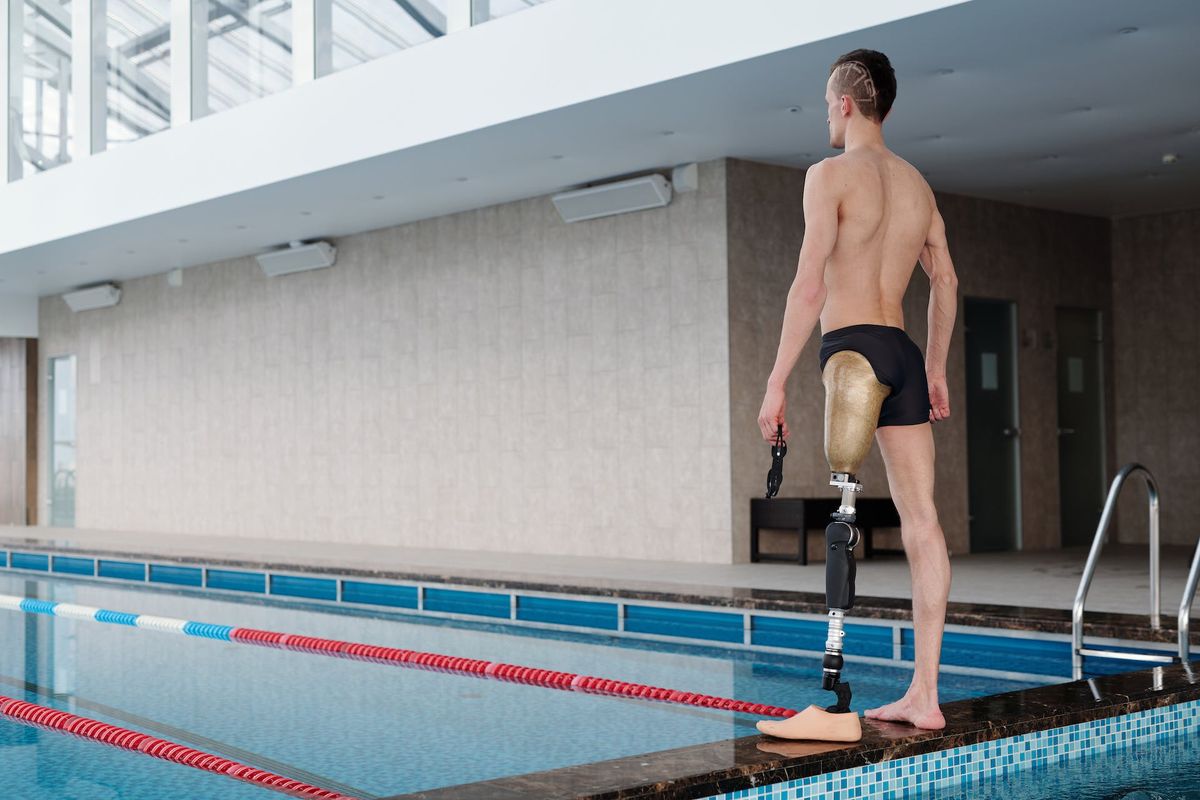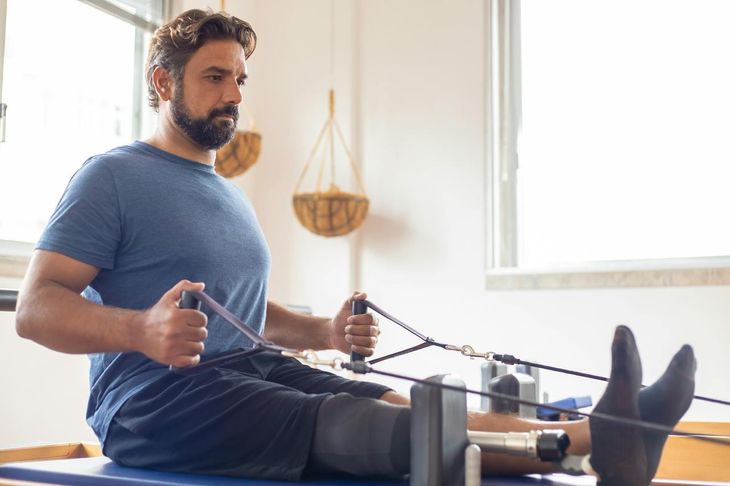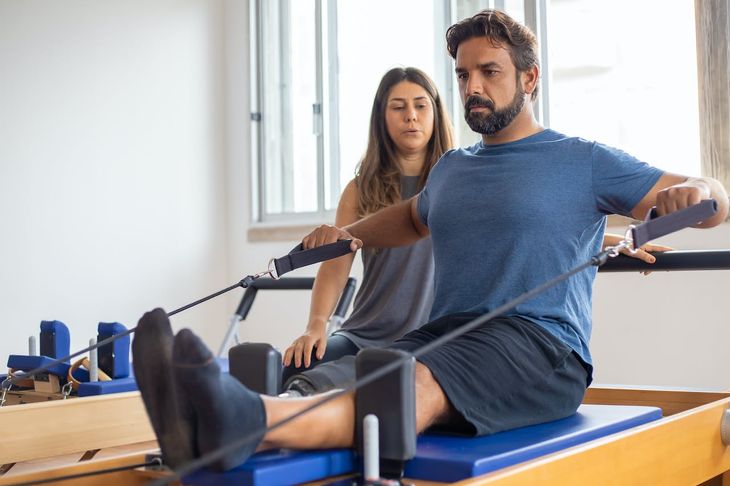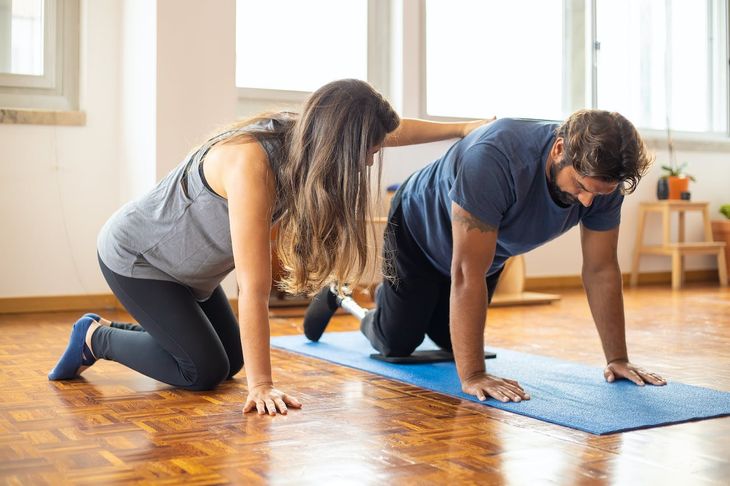Adaptive Wellness: Embracing Fitness With Physical Restrictions

Physical fitness is often associated with rigorous workouts and intense routines.
In reality, there isn’t a one-size-fits-all regimen. You may live with physical differences that restrict your movement or endurance. This does not mean, however, that you cannot embrace a healthy lifestyle. It may be even more reason to do so.
Explore the following ideas to incorporate holistic wellness into your daily routine — no matter your current relationship with fitness.
The Importance of Staying Active
Fitness can be a transformative tool for feeling better day-to-day.
With certain ailments and disabilities, staying active can profoundly impact how you feel and move throughout the world.
For example, exercise can:
- Increase flexibility
- Build muscle and bone mass
- Prevent slips and falls
- Improve balance
- Increase energy levels
- Boost confidence
Whether you use a wheelchair, are on oxygen, or anything in between, you may feel that there is a certain stigma against people similar to you working out.
However, if you decide to take the leap and choose a fitness routine that is right for you, you can elevate your self-esteem and feel more empowered. Exercise boosts feel-good hormones, reducing stress and anxiety and allowing you to think more clearly.
You are already a strong, resilient person — there’s nothing the fitness world can throw at you that you can’t take in stride.
Adaptive Exercises
When coming up with a personalised fitness plan, you should take into consideration any restrictions you may have on your movement. You may also need to space out workouts a bit to account for endurance differences. If you choose, you can work with a professional trainer and your healthcare team to make sure you are incorporating the right exercises for your specific medical situation.

As you age, staying fit inevitably needs some adaptations.
This isn’t anything to be ashamed about. Regardless of age, everyone starts somewhere with fitness. Remember that adapting your routine to be kind to your body is responsible and will produce better results than trying to push yourself past your limits — or simply not working out at all.
Try looking for adaptive exercises online or working with an online trainer to customise your workout plan. Some examples of adaptive workouts include:
- Balance exercises
- Slower, low-intensity routines
- Simplified exercises
- Low-impact exercises
- Varying routines depending on how you feel at the time
You can use body weight instead of dumbbells or do a cardio session in a pool to ease any pressure on your joints. The key is to start slowly and build strength, balance, and endurance over time.
Accessible Environments
The environment in which you choose to work out is also of utmost importance.
You may have immune or breathing issues that make public exercise dangerous. In this case, opt for home workouts or low-traffic indoor gyms. If you can add nature to your wellness plan, it can produce positive biochemical changes.
Essentially, you can add happiness to your life while exercising outside.

Consider accessible outdoor activities to get your nature fix in.
For example, research parks with wheelchair ramps or even equip your wheelchair with rugged, manual features to navigate rougher terrains. For winter weather, look for ski resorts with chair lifts or wheelchair skis.
Also, consider taking along a friend or family member to stay safe, and use tech to track your location and health vitals along the way.
Accessible Gyms
As far as gyms go, look for accessible options. Accessible gyms should embrace inclusivity, redefining fitness by prioritising diversity and breaking down barriers for individuals of all abilities. These gyms should implement thoughtful design and a wide range of adaptive equipment to cater to varying physical needs. From wheelchair-accessible ramps and elevators to specialised machines that accommodate different mobility levels, look for spaces that are crafted with a commitment to providing an environment where everyone can pursue their fitness goals comfortably and without judgment.
Knowledgeable and trained staff members further contribute to a welcoming atmosphere, offering personalised assistance and guidance to ensure that you can navigate the gym with confidence. Accessible gyms champion the idea that fitness is a universal right, embracing a holistic approach that promotes health and well-being for everyone, regardless of physical capabilities.
Holistic Wellness
When navigating physical limitations, holistic wellness allows you to move beyond the traditional boundaries of physical fitness.
A comprehensive approach encompasses not only tailored exercise regimens but also mindfulness, nutrition, and emotional well-being. In the face of physical challenges, cultivating this perspective means acknowledging and addressing the interconnected aspects of your health.
This might involve adaptive yoga and meditation practices that nurture mental and emotional resilience, dietary choices that support overall vitality, and a supportive community that understands the unique journey of those with physical restrictions.

Focusing on your personal wellness can be a lifeline, empowering you to embrace your body and mind just the way you are.
Once you accept yourself and realise that everyone has flaws, you can start where you are. Adaptive wellness can give you a sense of balance, acceptance, and fulfilment despite the constraints imposed by any physical conditions you may live with daily.
Then, you can celebrate each step you take toward growing stronger